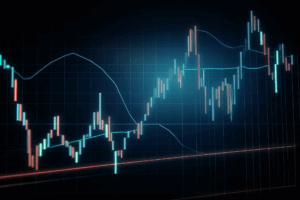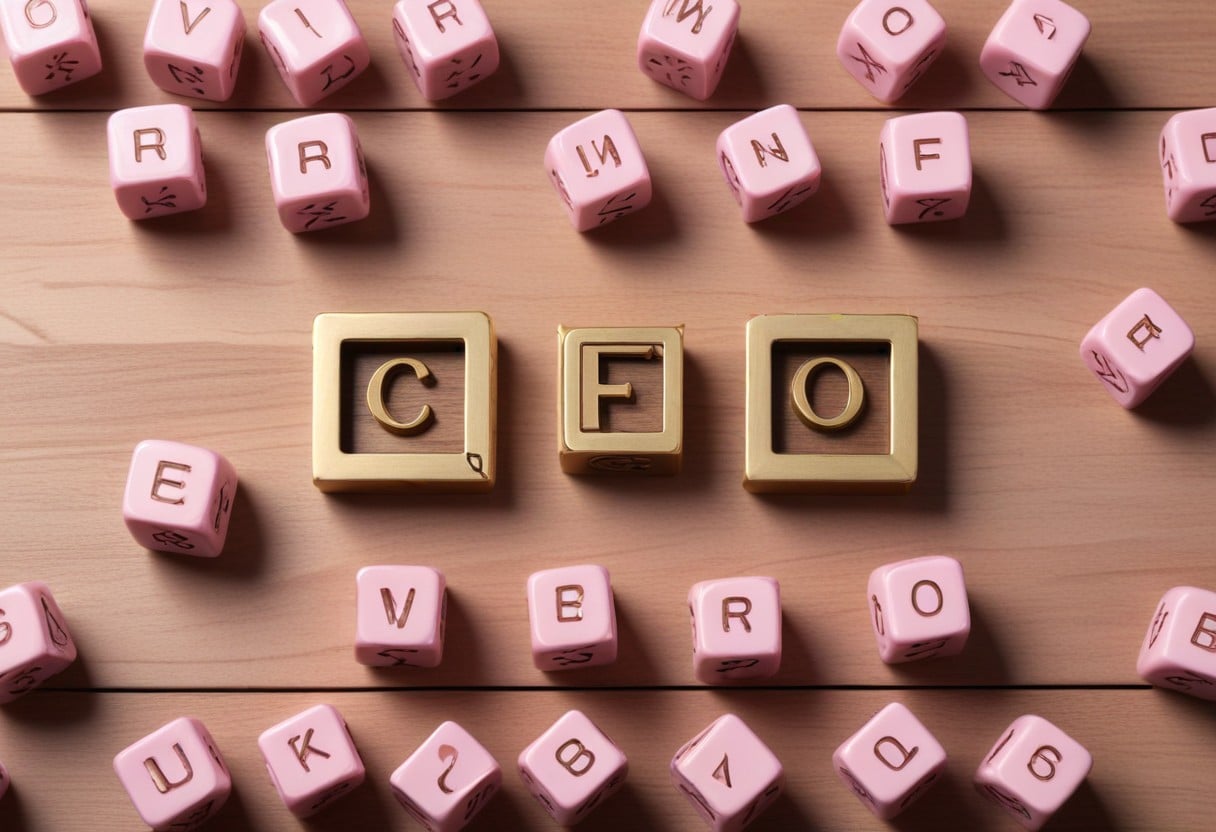BHP shares have the ASX’s highest valuation at $180BN – but are they worth it?
![]() Nick Sundich, April 15, 2025
Nick Sundich, April 15, 2025
BHP shares are the ASX’s second most valuable, with the company capped at over A$180bn. Only CBA (ASX:CBA) usurps it, at just under $260bn, but only three other companies are valued above $100bn (CSL, Westpac and NAB if you were wondering). Rio Tinto for comparison is not even capped at $50bn.
Who is BHP and why is it the biggest stock on the ASX?
BHP (ASX: BHP) is the biggest stock on the ASX with a market cap of $180bn.
BHP is one of the world’s largest major miners. It’s global hеadquartеrs arе locatеd in Mеlbournе but has projects and offices all over the world. The company operates across several continents, with significant operations in Australia, South America, and Papua New Guinea. It has interests in iron ore, copper, metallurgical coal, nickel and potash.
It is renowned for its diversified portfolio of world-class assets as well as its proven track record of disciplined capital allocation. It made a US$7.9bn profit in FY24 off the back of US$55.7bn in revenue.
Does it deserve its spot at the top?
We think BHP is the biggest miner on the ASX for good reason. The majority of ASX resources companies are explorers – companies looking for the next big deposit. But even amongst the big miners, it stands out for the following 3 reasons.
Firstly, its extensive portfolio of assets, coupled with its operations in various high-demand markets, contributes to a robust and resilient business model. This collection of assets reduces the risk of individual commodities impacting the share price, but also minimises any upside from short-term increases in these commodities.
Other big major miners like Fortescue (ASX:FMG) and Rio Tinto (ASX:RIO) have just one or two major commodities driving their revenue and their share prices can be volatile as a consequence. BHP, however, is less vulnerable to share price damage from individual commodity price fluctuations. Furthermore, the demand dynamics for BHP’s commodities, particularly copper, are very strong in the long-term.
Secondly, BHP’s consistent performance and ability to generate substantial revenue and dividends are highly attractive to investors, thus driving its stock value. In FY24, the company produced 260Mt of iron ore, 1.9Mt of copper and 22.3Mt of coal. It made US$55.7bn in revenue, a $7.9bn profit (from continuing operations) and a 27.2% ROCE. BHP paid US$1.56 in dividends per share.
Third, the company’s particular focus on iron ore and copper. In particular, iron ore is used in the production of steel and copper is used in electrical generators and wires. Pricing for these commodities fluctuates depending on market conditions and these make all the difference in whether or not production is profitable and therefore viable.
No, BHP is not the only company in the world to export these commodities, but because of how many mines it has all over the world, it can attract more customers. It is a no brainer for customers to pick BHP over other companies with fewer assets.
But it is not without challenges
BHP is facing two difficulties right now. The first is convincing investors it is part of the solution to decarbonisation, rather than an obstacle to it. It has made commitmеnts to sustainability and carbon nеutrality by 2050, gotten out of some of its coal, oil and gas assets (selling oil and gas to Woodside and parting ways with its Daunia and Blackwater coking coal mines) and has spruiked its credentials in the production of crucial industrial metals, particularly battery metals.
Second, falling commodity prices. Its FY23 profit was 37% lower than the year before and it slashed its dividend in half. Its profit fell another 39% to $7.9bn. Granted FY22’s dividend was the record and FY23 was still the 4th highest in its history. Plus, some of this has been due to operational challenges in light of weather disruptions and port maintenance. But commodity prices are key.
Consensus estimates do expect modest revenue and profit growth over the next couple of years, indicating that the fall in commodity prices may be over, but growth will be slow. Of course, things could be a lot worse. Just look at pure play battery metal stocks like IGO or iron ore giant Fortescue that analysts expect to do worse. The 16 analysts covering the company have a mean share price of $42.91 – a 16% premium to the share price in mid April 2025. It is trading at just over 10x P/E and 2.5x EV/EBITDA for FY25 and FY26. These multiples may look appealing, but the 6x PEG multiple lessens that perception somewhat.
Are BHP shares worth investing in right now?
We don’t think it is at the moment, simply because revenue and earnings are expected to take a significant step back – to $59.3bn in revenue (down 6%) and its bottom line $2.07 per share (Down from $2.70 the prior year or 24%). This is because commodity prices aren’t expected to improve, but perhaps also because iron ore demand will continue to decline – there is concern that demand for iron ore (at least from China) has peaked.
There are better opportunities for gains amongst project developers – particularly in the lithium and uranium spaces. Turning to, income-focused investors. Some won’t disappointed with BHP no matter what the share price does, because it has a proven track record of paying dividends. However, it doesn’t tend to pay much more than 50% of its profit.
What are the Best ASX Mining Stocks to invest in right now?
Check our buy/sell tips
Blog Categories
Get Our Top 5 ASX Stocks for FY25
Recent Posts
Six Common Investment Mistakes to Avoid in Volatile Markets
The financial markets are inherently volatile and can fluctuate sharply in a short period, especially during periods of economic uncertainty…
What does a CFO (Chief Financial Officer) do and how important are they?
Every ASX company has a Chief Financial Officer (CFO) in their C-suite. They are among the most important people in…
Clarity Pharmaceuticals (ASX:CU6) is off all time highs but is a $600m company! Is it the next Telix?
When we last wrote about Clarity Pharmaceuticals (ASX:CU6), in July last year, it was a multi-billion dollar company, less than…



